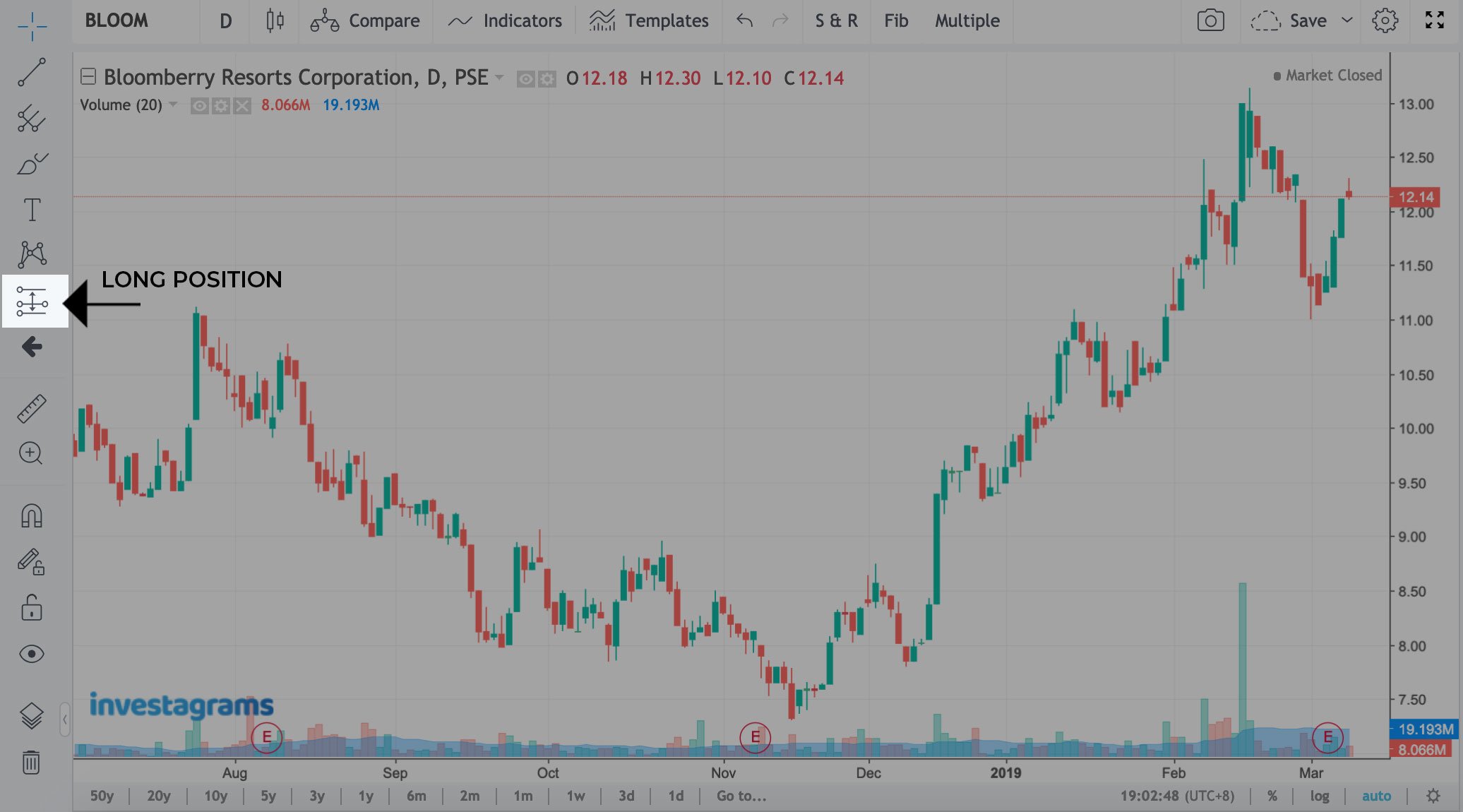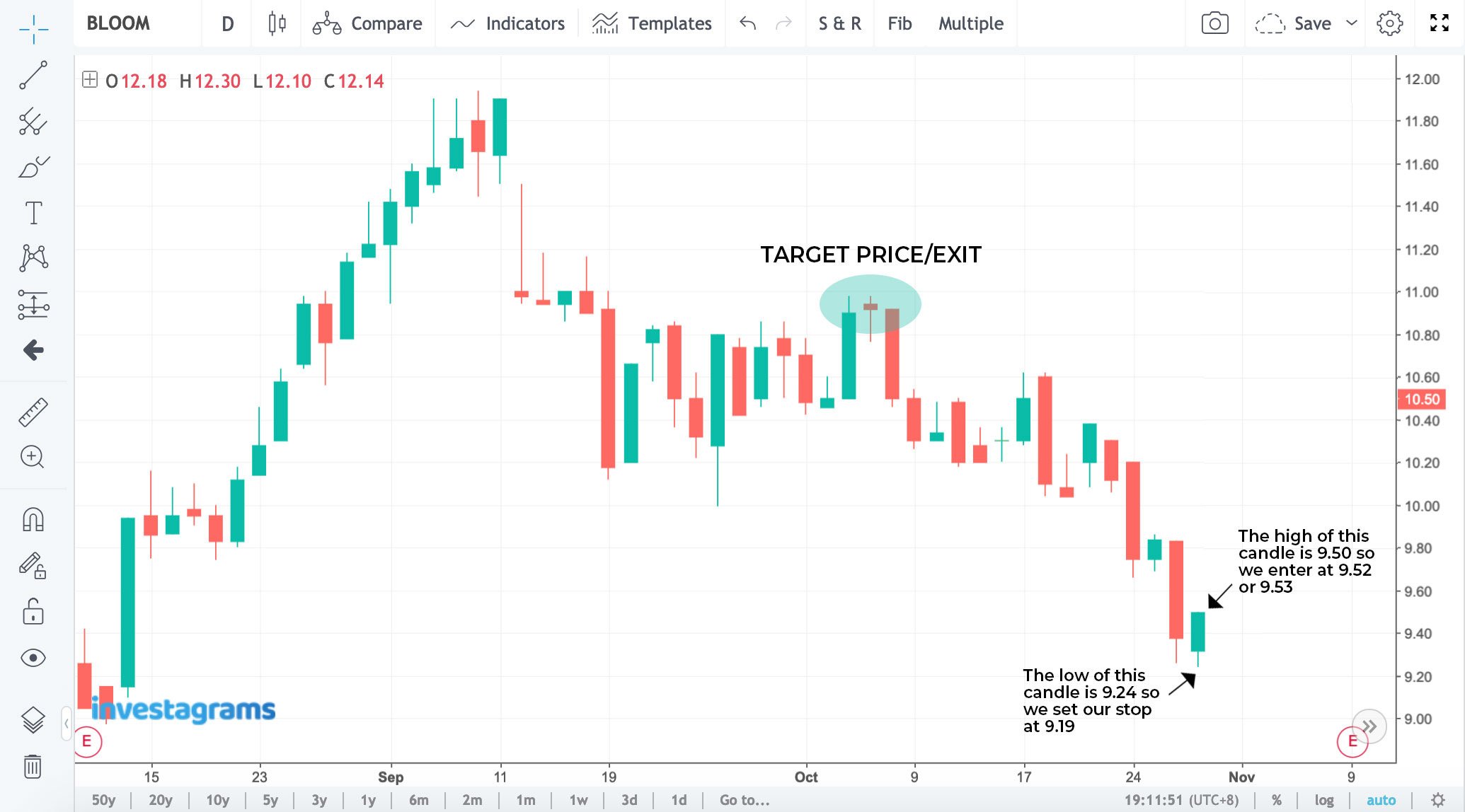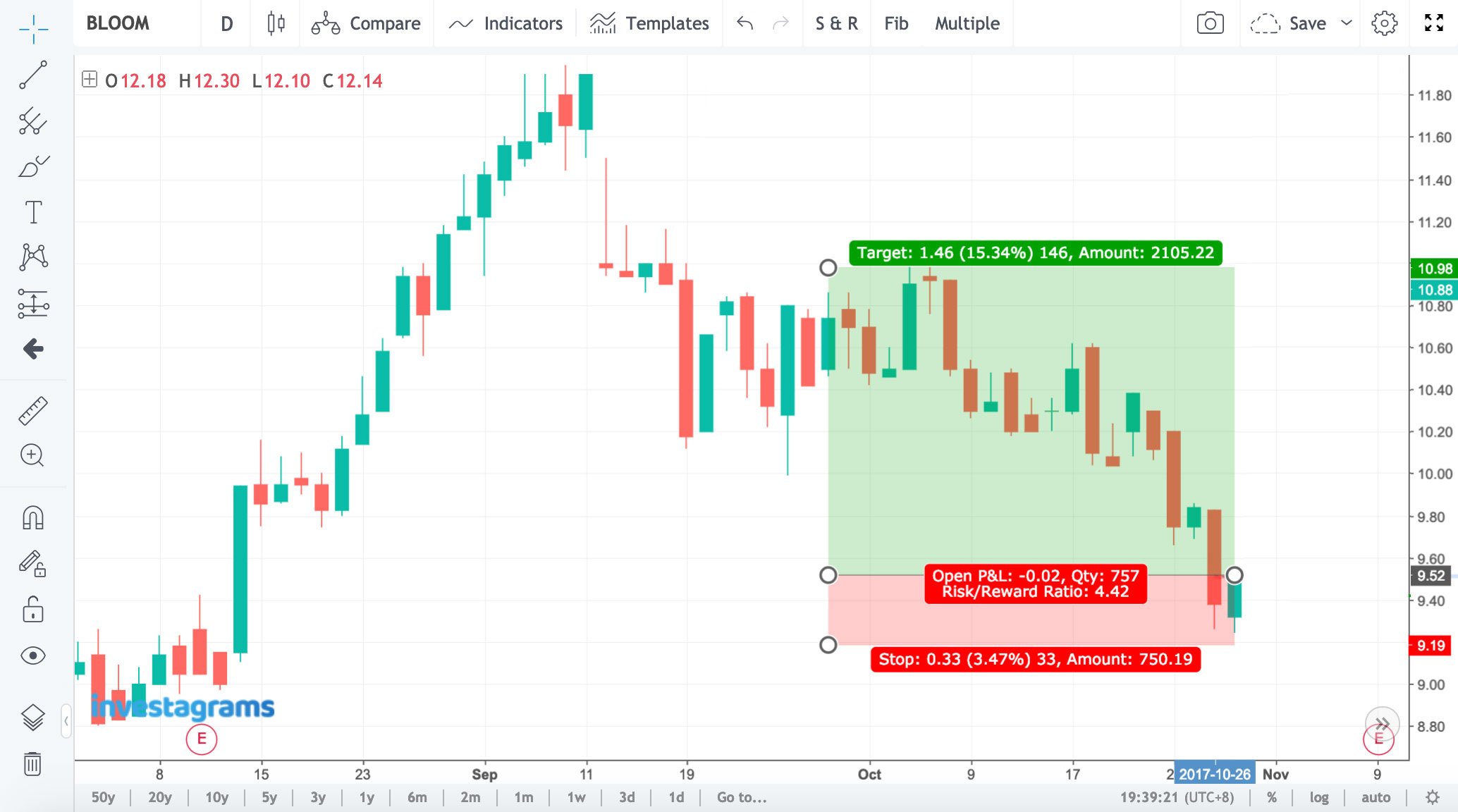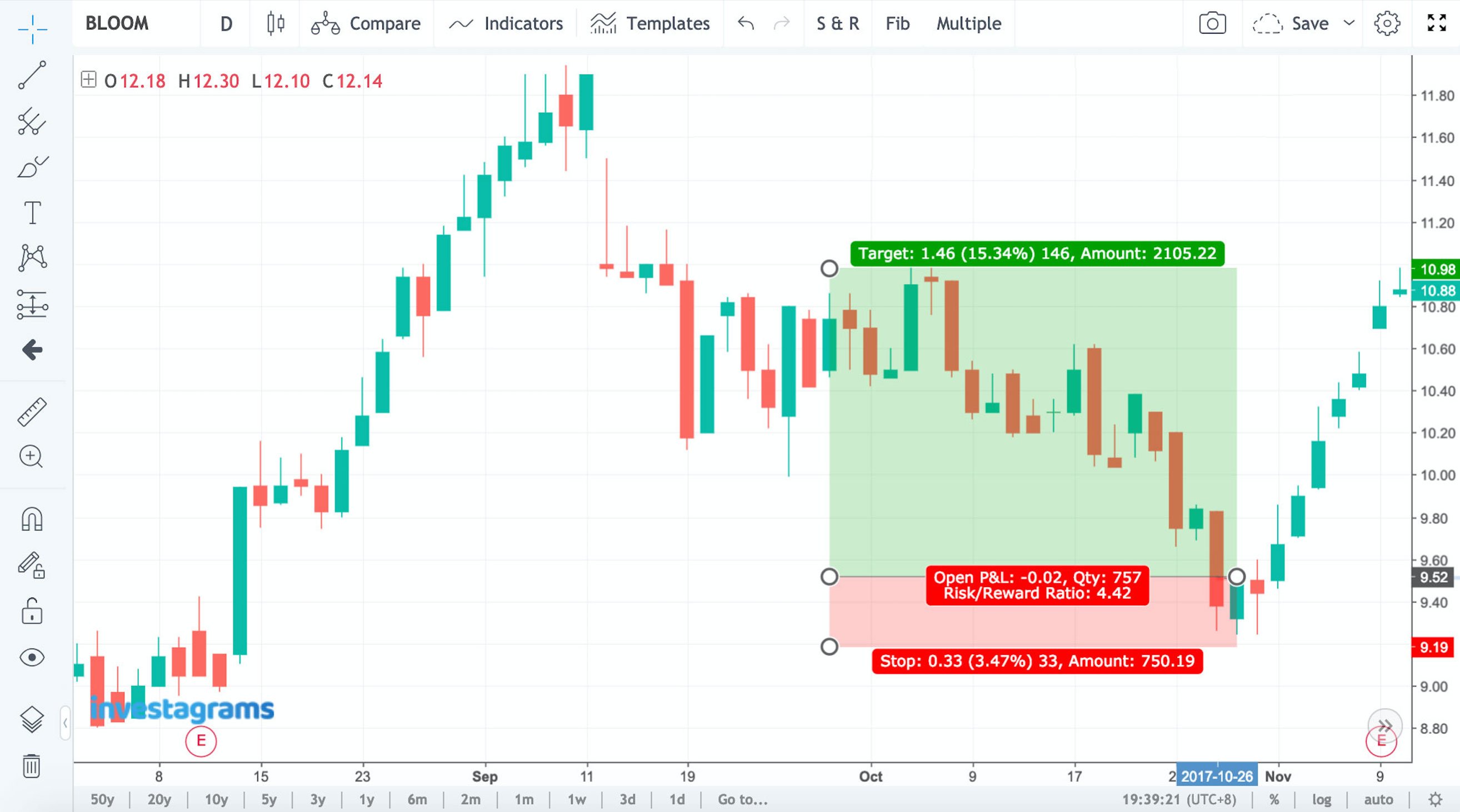In the stock market, there are only two certain outcomes: The possibility of making a profit and the opposite. However, almost all new beginners in the stock market wrongly think of it as something that could only give them positive returns or capital gains a.k.a. reward (cue that cash register sound) without the thoughts of uncertainty and volatility. Most of them have it even planned out already the night before or the moment they put up their bid. “The moment I earn X amount of money I’ll be able to afford this and that!” They get blinded by the huge gains they could possibly earn. They approach the market the same way they expect a gift from their godparents during Christmas and mesmerized at the likelihood that their empty, skinny wallets will eventually get filled with crunchy new cash.
The truth is, the market is inevitable, and every great trader who was once an amateur also made losses in the past. There are many reasons why a trader ends up losing money, but the main reason for such cases is the inability of managing risk. The partner outcome of any closed trade is the risk and this is what professional traders and even successful poker players think of prior to the reward. They understand that trading is a game of probabilities. They either win and gain or lose money. As Mark Douglas puts it: “Learn to accept the risk. When you accept the risk, you won’t perceive anything that the market can do as threatening”.
How to combine RISK and REWARD with trading?
One of the most basic yet indispensable part in trading is: RRR or what we call the ‘Risk-Reward Ratio.’ One of the most popular RRR for starting traders is 1:2 risk/reward which means that your trade should earn twice the amount of money you’re willing to risk.
For instance, trader A has finished screening and found a stock that meets his system’s parameters, his Target Price (TP) should be twice the value of what his set cut loss’ value is. So if his cut loss value is worth P1,000, then his TP should reward him the value of P2,000. In this way, if he ever incurs three consecutive losing trades, it would only need him two winning trades to recover his losses and turn a profit.
How to use the risk/reward ratio in InvestaChart?
1. In InvestaChart, select the 7th button from the leftmost part of the chart. It should read “Long Position” when you hover your mouse over it.
2. Determine the area where you will place your entry, stop, and target price. In this case, there’s a candlestick pattern for a pivot low play on the right part of the chart. So let’s set the entry at 2-3 fluctuations above the high of the last candle and set the stop to 5 fluctuations below its low.
3. Here’s how it should look like. This trade will net you a whopping risk/reward ratio of 4.42 if it materializes! Do note that the amount here is relative to your account size and risk.
4. Here’s how the trade played out.

Luckily, the second candle did not hit the set stop loss and it was followed by consecutive bullish candles, hitting exactly our target price.
Conclusion
Understand that risk should always precede reward when trading. Why? Because trading is a business riddled with uncertainty and should be approached with the utmost discipline you can master. In trading, especially when you are first starting out, it is normal to incur more streaks of losses than winners. With the proper use of the risk/reward ratio, you should be able to recover your losses and grow your portfolio in the long run with sound risk management. By properly utilizing the risk/reward on every trade you take, you are approaching the market the right way.
Always remember that trading is a marathon, not a sprint. The risk/reward ratio is your toll to achieve longevity in the stock market.
